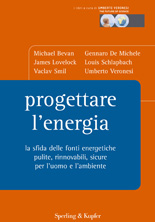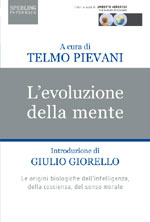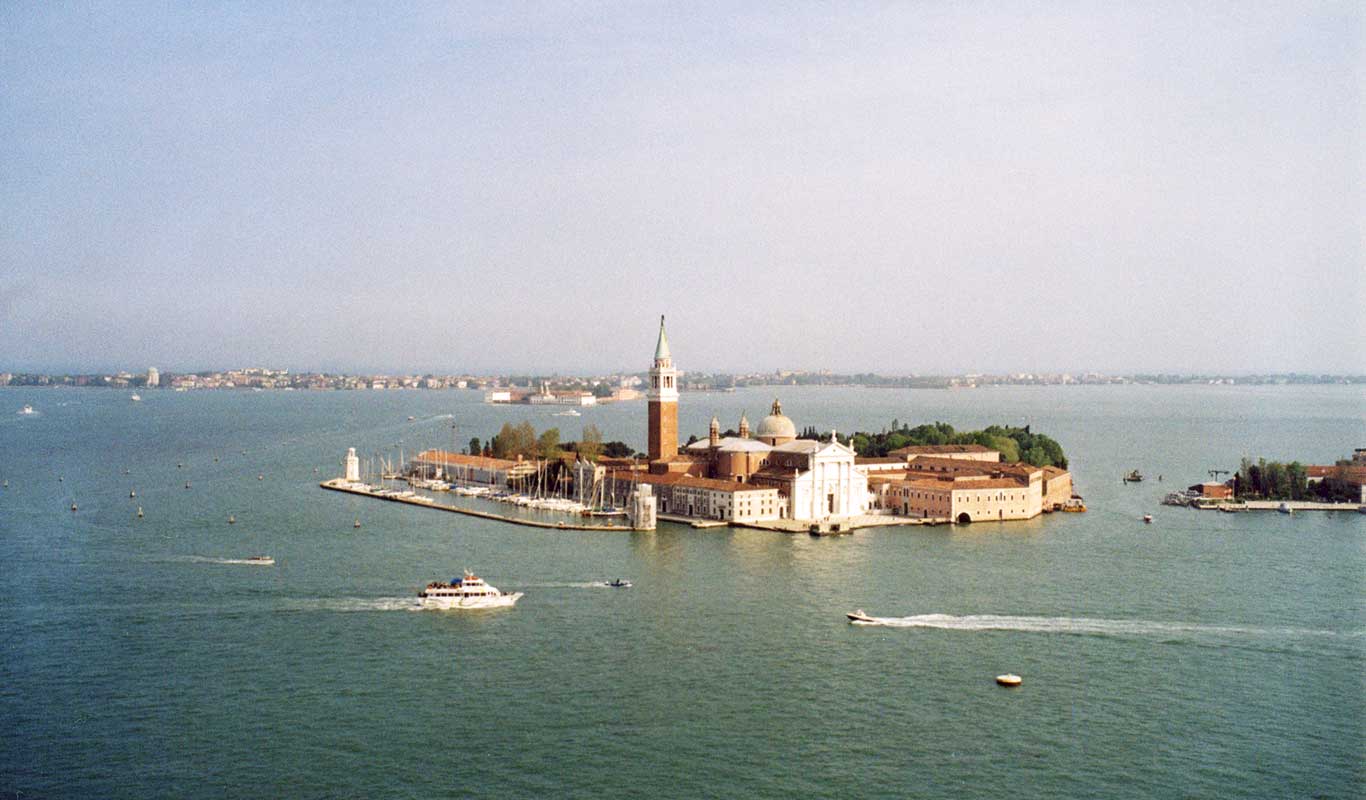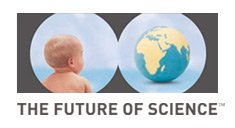TFOS collection
Series “The Future of Science” – Sperling & Kupfer
The books are available only in Italian
6th Volume
 ACQUA E CIBO: LA RIVOLUZIONE NECESSARIA
ACQUA E CIBO: LA RIVOLUZIONE NECESSARIA
BUY ONLINE
I piani della scienza per nutrire il pianeta.
Di Chiara Tonelli e Umberto Veronesi
Sperling & Kupfer, 2010
È davvero possibile eliminare la mortalità infantile e le carestie, prevenire le malattie sociali come obesità e tumori, garantire la sicurezza dei cibi? Gli scienziati rispondono di sì. E spiegano come.
L’umanità è malata di cibo. Quasi un miliardo di persone soffrono di denutrizione e poco meno sono quelle che si ammalano a causa dell'eccesso di cibo: obesità, malattie cardio-vascolari, diabete, tumori. È necessaria una doppia rivoluzione: quella blu, per scongiurare l'esaurimento dell'acqua, e quella verde, incentrata sul miglioramento della produzione agricola e sul drastico taglio del consumo di carne.
Cosa possono fare l'industria, la scienza e la società per affrontare l'aumento della popolazione, e dunque della domanda di cibo, in una situazione in cui le risorse fondamentali diventano sempre più scarse? In questo saggio divulgativo due grandi scienziati presentano i progetti per utilizzare più correttamente l'acqua, adattare le piante alle condizioni del pianeta, selezionare gli alimenti giusti per il nostro organismo. Le idee per un nuovo approccio al problema, che prende le mosse dalle soluzioni avanzate dalle biotecnologie e dall'ingegneria genetica.
It is really possible to eliminate infant mortality and hunger, prevent lifestyle illnesses like obesity and cancer, and ensure food security? Two eminent scientists say ‘yes,’ and explain how.
Humanity is suffering from ‘food sickness’. Almost a billion people don’t get enough to eat, while only slightly fewer suffer the consequences of eating too much: obesity, cardiovascular disease, diabetes and cancer. We need a double revolution: a blue revolution to avoid running out of water, and a green revolution to increase food production while at the same time drastically cutting meat consumption.
What can industry, science and society do to halt the explosive population growth that threatens to overwhelm us, and is inexorably increasing our demand for food in a world where basic resources – including land and water – are in increasingly short supply? In this book two eminent scientists present their ideas for the using water sustainably, for adapting plants to be productive in adverse conditions, for getting us to eat healthily without further damaging the planet. Ideas that depend on putting the knowledge and know-how of modern science – particularly biotechnology and genetic engineering – to use for the benefit of humanity and the planet.
5th Volume
 PROGETTARE L'ENERGIA
PROGETTARE L'ENERGIA
BUY ONLINE
La sfide delle fonti energetiche pulite, rinnovabili, sicure per l'uomo e l'ambiente
Bevan, De Michele, Lovelock
Schlapbach, Smil, Tester, Veronesi
Sperling & Kupfer 2008
Progettare l'energia significa affrontare la questione energetica non come un problema, ma come una sfida. Il nodo centrale non è produrre più energia, ma produrre energia tutelando la salute dell'uomo e dell'ambiente. Le fonti rinnovabili (solare, eolica, geotermica, da biomassa) non mancano, ma è necessario affrontare questioni tecniche, economiche, politiche, ambientali. Nell’ambito della conferenza "The Future of Science" è stato promosso un incontro fra esperti per discutere vantaggi e svantaggi delle fonti disponibili, delineare previsioni, offrire risposte concrete alle tante questioni aperte.
Planning Energy means facing the energy issue not as a problem, but as a challenge. The focal point is not about producing more energy, but about producing energy while protecting the health of humanity and of the environment. Different renewable sources (solar, aeolian, geothermal, biomass) are indeed available, but technical, economical, political and environmental issues must be faced. During the Third World Conference The Future of Science experts from various disciplines met in order to discuss advantages and disadvantages of available sources, to envision the possible scenarios and finally to offer concrete solutions.
4th Volume
 L’EVOLUZIONE DELLA MENTE
L’EVOLUZIONE DELLA MENTE
BUY ONLINE
Telmo Pievani, a cura di
Sperling & Kupfer, 2008
Per secoli, il corpo, la mente, le emozioni sono stati considerati sfere distinte. Man mano che il patrimonio di informazioni in campo genetico, biologico e neurologico si è ampliato, la sfida per gli scienziati è diventata riuscire a spiegare come l'evoluzione possa aver generato la mente umana, ovvero quell'insieme unico di facoltà che comprendono il linguaggio, la capacità astrattiva, l'immaginazione, il senso morale e quello religioso. In questo libro, agile e di facile lettura, Telmo Pievani ha raccolto e rielaborato gli interventi di alcuni studiosi che hanno partecipato alla Conferenza mondiale sull'evoluzione con l'intento di offrire un quadro delle conoscenze attuali sullo sviluppo cognitivo e culturale della nostra specie. Una questione rispetto alla quale la teoria neo-darwiniana può fornire uno schema di comprensione che mette in discussione i confini tra istinti, emozioni e pensiero razionale.
For centuries, body, mind, emotions have been considered as different spheres. Little by little notions in genetic, biological and neurological research have been increasing and the challenge for scientists has become to be able to explain how evolution can have created human mind, an unique whole of abilities like language, abstractive faculty, imagination, moral and religious sense. In this book, easy to read, Telmo Pievani has collected and reworked speeches of some scientists that have attended the Second World Conference on the Future of Science, with the aim to give a picture of current knowledge on cognitive and cultural growth of our species. An issue on which neo-darwinian theory can offer a comprehension model that disputes boundaries between instincts, emotions and rational thought.
3rd Volume
 DAL MOSCERINO ALL’UOMO: UNA STRETTA PARENTELA
DAL MOSCERINO ALL’UOMO: UNA STRETTA PARENTELA
BUY ONLINE
Edoardo Boncinelli, Chiara Tonelli
Sperling & Kupfer 2008
Nato dal confronto - avvenuto a Venezia nel 2006, nell'ambito della Seconda Conferenza Mondiale sul Futuro della Scienza - fra i maggiori studiosi dell'evoluzione della vita sul nostro pianeta, il libro si propone di fare il punto sulle conoscenze che si possono considerare acquisite: la stretta relazione di parentela fra tutti i viventi; il funzionamento dei meccanismi di mutazione e selezione naturale; l'origine della discontinuità e dell'innovazione all'interno di una specie; la multifunzionalità dei geni e altre ancora. Una lettura che costituisce un'agile forma di aggiornamento.
Born from the dialogue between the most important evolutionary scientists of the world, held in Venice during the Second World Conference on the Future of Science, the book intends to illustrate knowledge gained in this field: the close relation between living creatures; how genetic mutation and natural selection work; the origin of discontinuity and innovation within a species; the multifunctionality of gene.
2nd Volume
 CHE COSA SONO GLI ORGANISMI GENETICAMENTE MODIFICATI
CHE COSA SONO GLI ORGANISMI GENETICAMENTE MODIFICATI
BUY ONLINE
Dagli alimenti transgenici alle staminali: le ricerche scientifiche a favore della vita
Umberto Veronesi, Chiara Tonelli
Sperling & Kupfer 2007
Un gruppo di scienziati (studiosi di genetica, tossicologia, biotecnologie e scienze affini), fra cui gli autori, è sceso in campo con un manifesto contro la demonizzazione in atto contro i cosiddetti cibi transgenici, che sono in realtà sottoposti a tali e tanti controlli da risultare più sicuri di qualunque altro prodotto alimentare. Nel libro si spiega che cos'è davvero un OGM, come si produce e a quali bisogni può rispondere. Perché è necessario adottare un atteggiamento più razionale nei riguardi della ricerca scientifica.
A group of scientists (geneticists, toxicologists, biotechnologists), among them the same authors, has stricken a blow against demonization of transgenic food, that instead is safer than other products thanks to many checks to which it is subjected. In the book it is explained what an OGM is, how it is produced and which needs it can satisfy. Because it is necessary to adopt a more rational position toward scientific advancement.
1st Volume
 APRIAMO LE PORTE ALLA SCIENZA
APRIAMO LE PORTE ALLA SCIENZA
BUY ONLINE
Un dialogo fra scienza, filosofia e politica sugli obiettivi e le responsabilità della ricerca
Kathleen Kennedy, Umberto Veronesi
Sperling & Kupfer 2006
Il libro nasce dalla prima Conferenza Mondiale sul Futuro della Scienza, che si è tenuta a Venezia nel Settembre 2005, con l'obiettivo di proiettare la scienza nella società civile.
Insieme a Kathleen Kennedy, Veronesi affronta i temi più scottanti che hanno contrapposto gli scienziati al mondo politico, alla Chiesa, alla gente: le ricerche genetiche, l’utilizzo di cellule staminali, l’eutanasia, la medicina predittiva. Cercando di sgombrare il campo dagli atteggiamenti preconcetti e ideologici e di avviare un confronto più aperto e approfondito.
The book was born after the First World Conference on the Future of Science, held in Venice in September 2005, with the aim to project science into society. Together with Kathleen Kennedy, Veronesi faces with some important issues that have been setting scientists against political world, Church and people: genetic research, stem cells, euthanasia, predictive medicine. Aim of the book is to clear the field of preconceived notions and to start a deeper dialogue on these issues.





